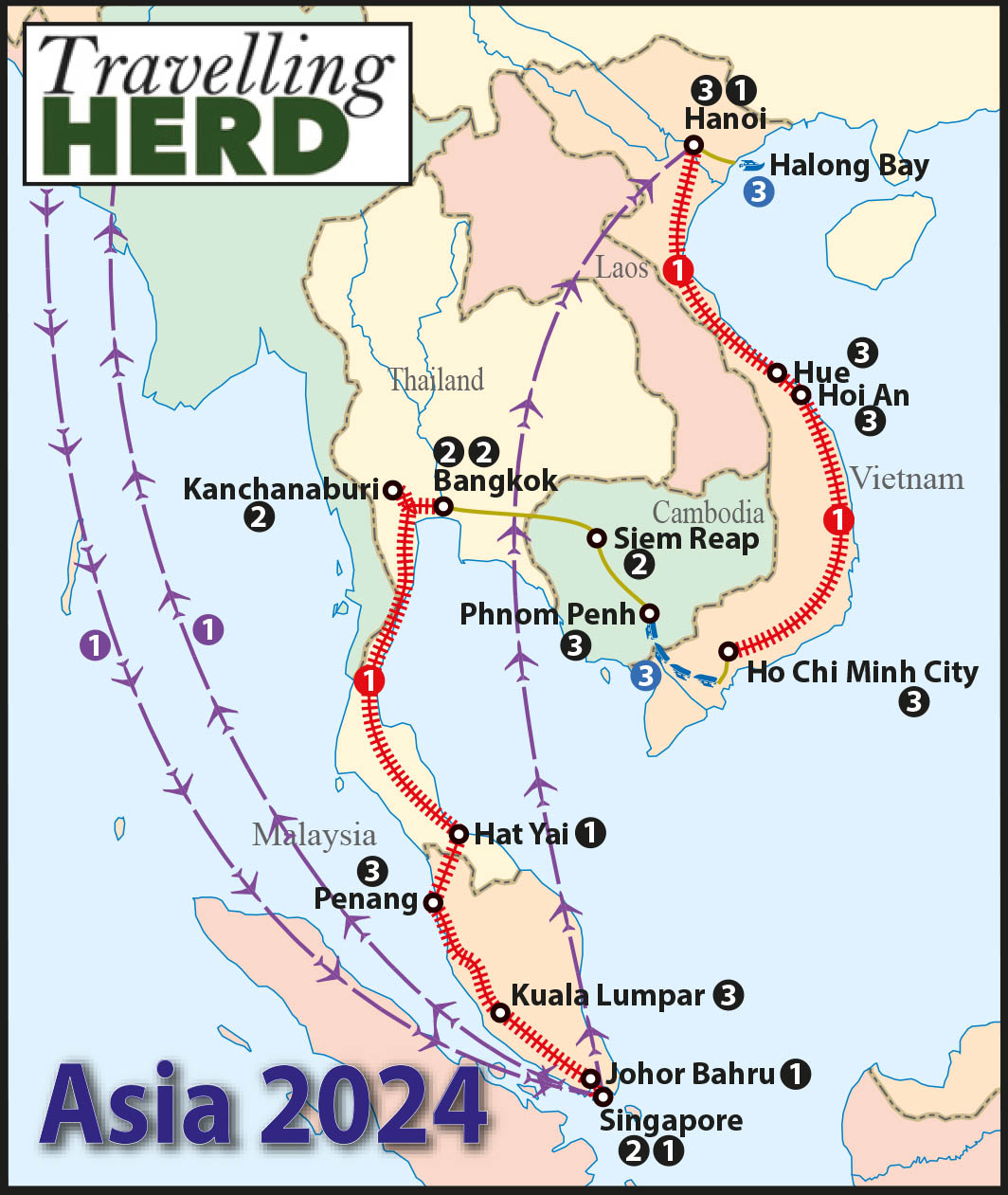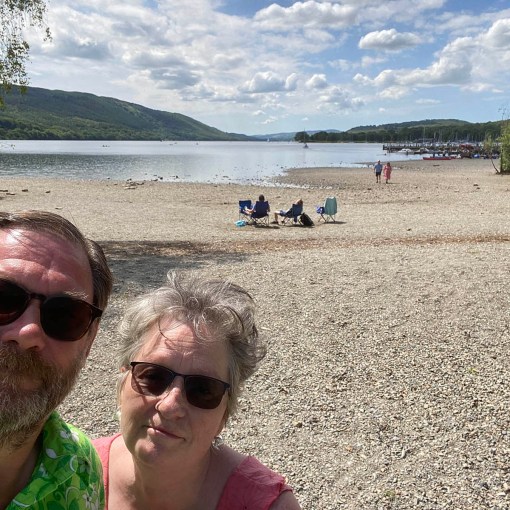Read this blog: The one where we mix beer and trains – obviously!
Thursday 7th and Friday 8th March 2024
We flew the 1,434 miles from Singapore to Hanoi, arriving about 16:00 and Robert had pre-booked us transport into the city. We could tell on the drive from the airport into Hanoi just how different Vietnam would be from Singapore. Our driver, whilst perfectly competent seemed to have very little lane discipline and the main purpose of the horn seems to be to alert other road users that they are about to be overtaken. Closer into the centre, moped riders seem to ignore the traffic lights and pedestrians are forced to share the road with them as the pavements are used as parking for the mopeds. It is difficult to know which way to look.
The driver passed our hotel and when we mentioned this, rather to our dismay, he checked on his phone, pulled over, then jumped out and disappeared. However, he soon returned with the bellboy from our hotel and we realised he wanted to ensure that no-one missed out on the chance of receiving potentially lucrative tips from foreigners. Matilda is really struggling with converting the number of zeroes in Vietnamese Dong so it is a good thing that she leaves Robert in charge of tipping.
Safely checked in, we set off to see a little of the city before dark. Robert declared himself ready for a beer and Matilda, who does enjoy a bar with a view, spotted the Cloud Sky Bar on top of the La Mejor Hotel, where we were served by the very lovely and helpful Iris. From here we went in search of somewhere to eat with a little more local flavour.
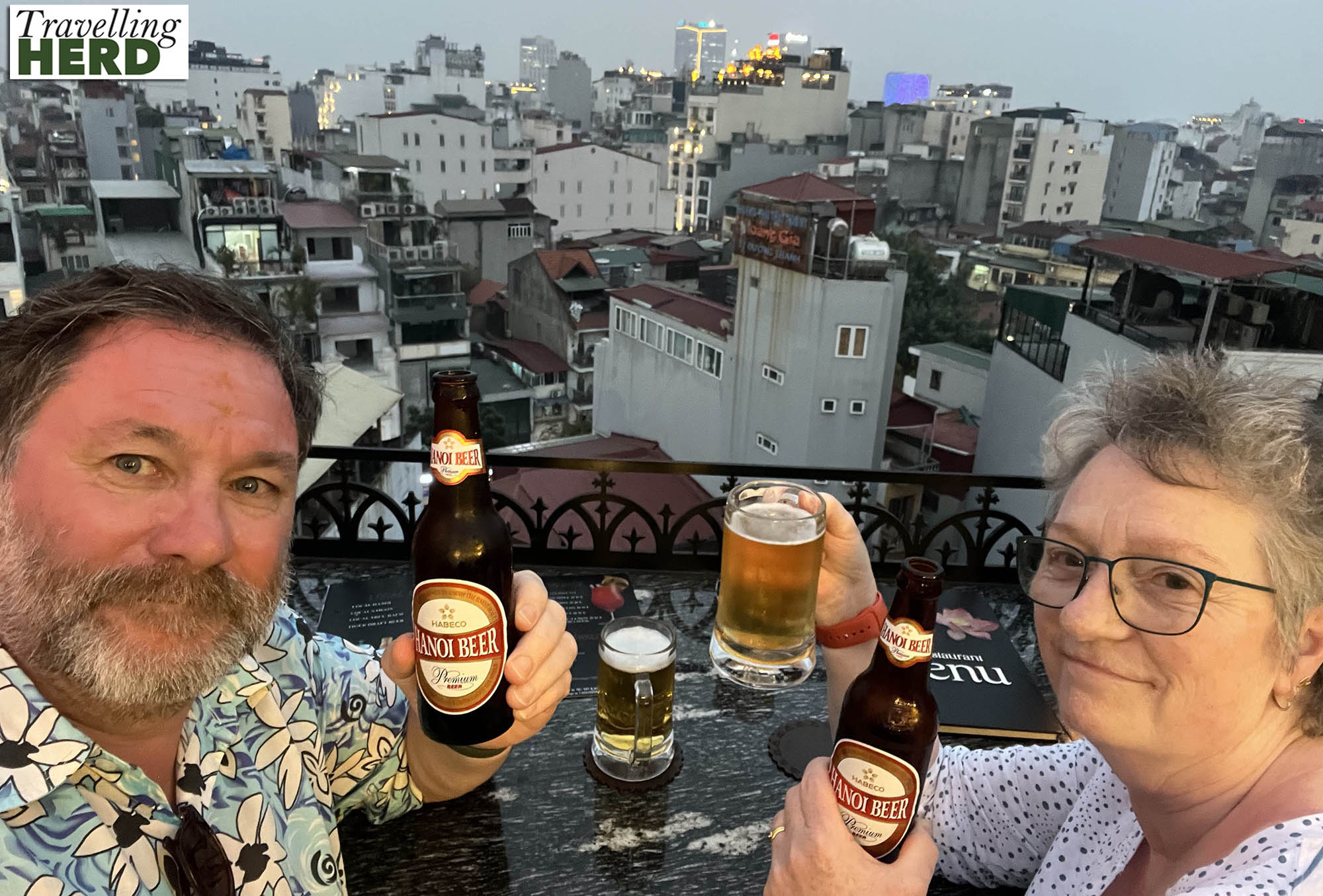
On Friday morning, despite the mist, we set off to see some of the sights of Hanoi.
Our first stop was the Vän Miëu – Quöc Tü Giám, built in 1070 at the time of Emperor Lý Thánh Tông. The complex incorporates a temple dedicated to Confucius called the Vän Miëu which literally translates as ‘Temple of Literature’, and the Quöc Tü Giám or Imperial Academy which was Vietnam’s first national university and was housed here from 1076 to 1779.
The first courtyard, called Nhâp Dao meaning ‘Entrance to the Way’ was built in the nineteenth century under the Nguyën dynasty (1802-1945 CE). Here the first lesson for students was to learn how to behave respectfully. This was followed by acquiring knowledge with the ultimate goal of becoming both virtuous and talented. If only we could all achieve such a state of grace.
The site covers 54,331 square metres and comprises five walled courtyards as well as the Vän Lake and the Giám Garden. The first two courtyards provide a quiet space for contemplation with formal planting and water features. The three further courtyards contain buildings of historical significance.
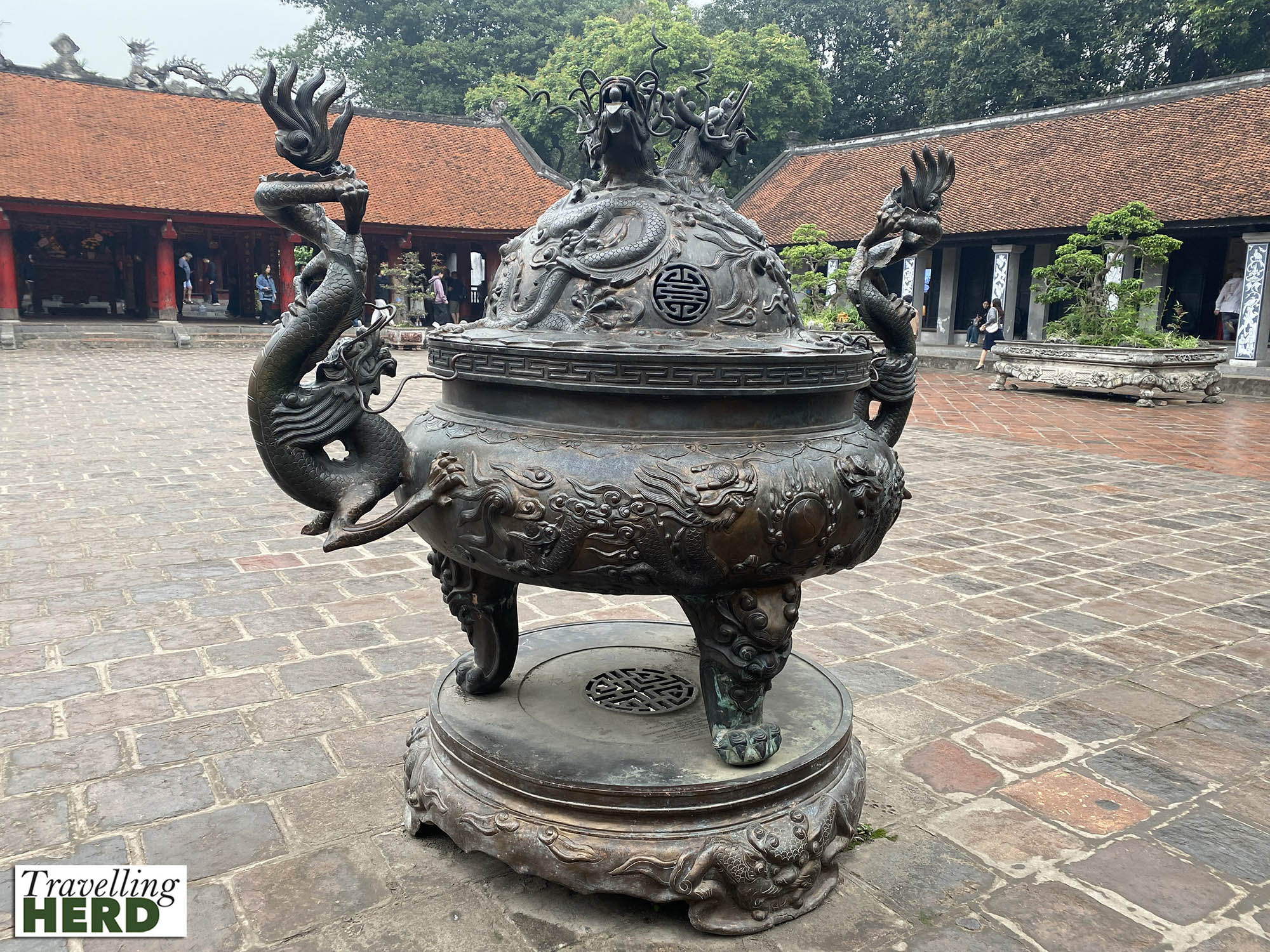
Robert felt that the well-established bonsai were particularly impressive.
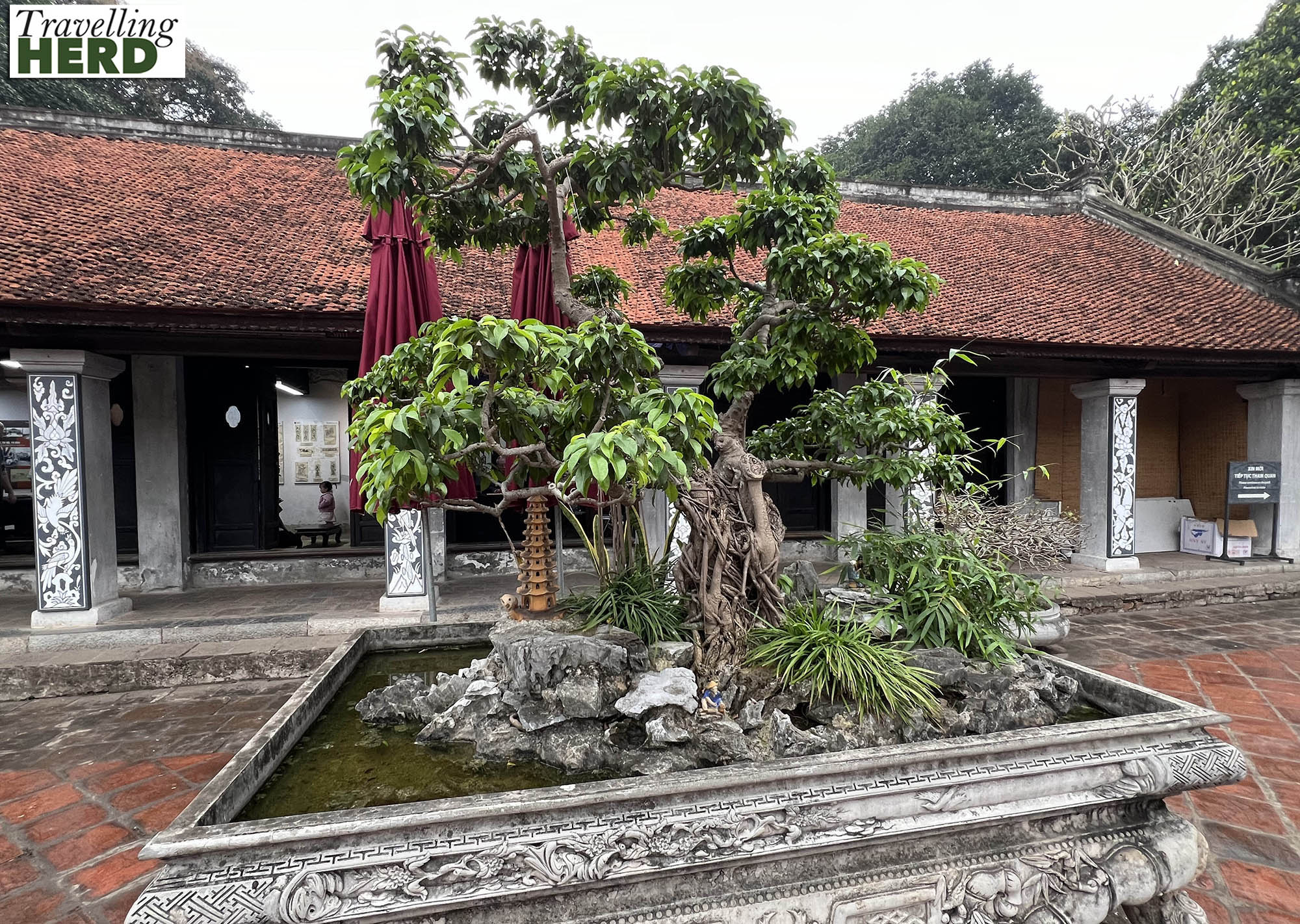
The fourth courtyard is the ceremonial heart of the Vän Miëu complex with a building on either side and twin pavilions to the north. The Nhà Dai Bái [Great Hall of Ceremonies] lies in front of the Diên Dai Thänh [High Sanctuary] which contains altars for worshipping Confucius, his four main disciples and ten of his leading scholars.
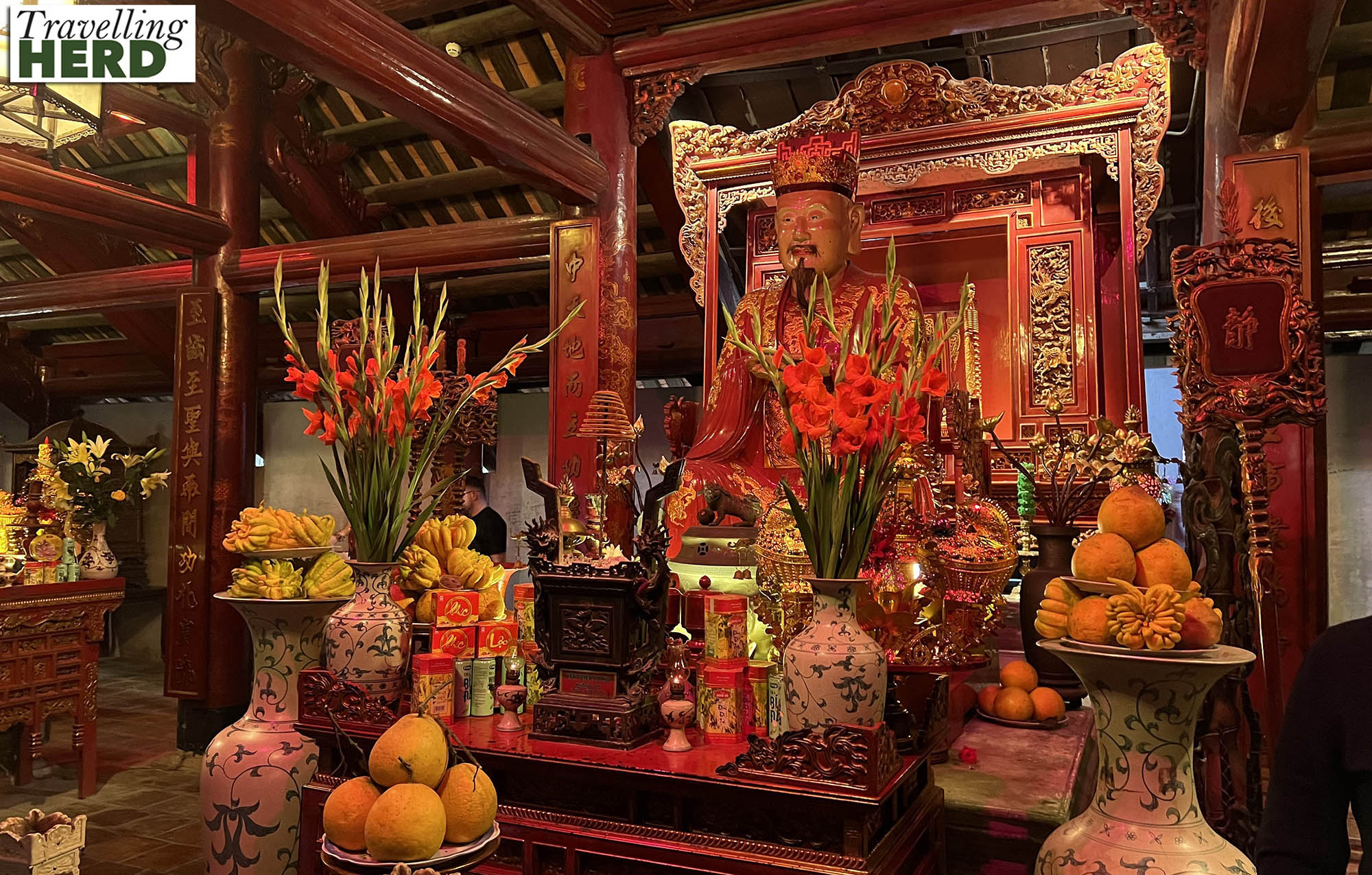
Since 1484, at the instigation of King Lê Thánh Tông (1442-1497 CE), the names of the successful scholars [or graduates] have been preserved on stele atop carved stone turtles. The inscriptions include the year of the examination, the dates of reigning kings, the name and place of birth of the graduates as well as crediting the composer, the editor and the calligrapher. The laureate stelae are recognised on UNESCO’s Memory of the World Register.
This site certainly provides an extraordinary record of and insight into the scholarship at this historic place of learning.
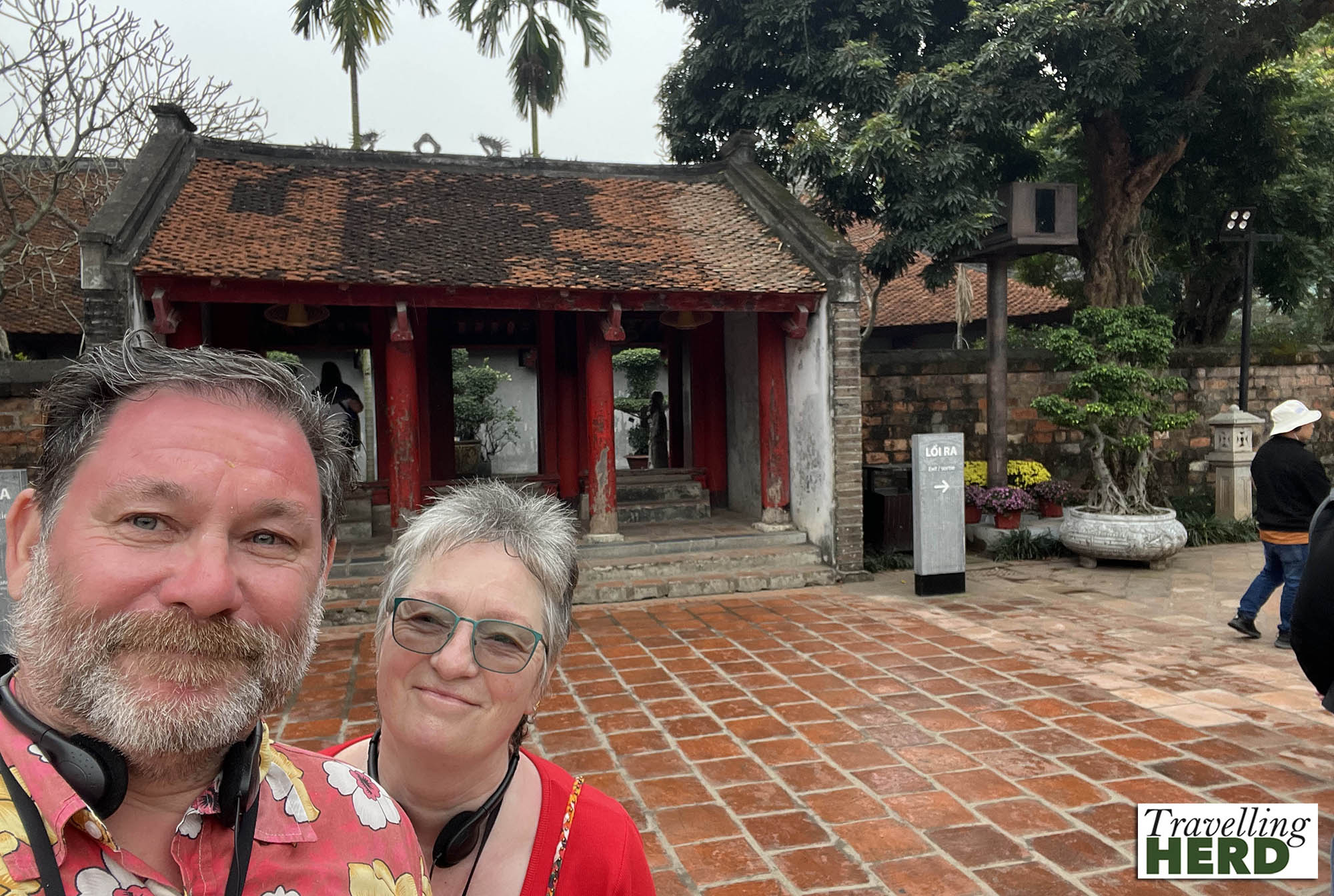
From here we walked on towards the Flag Tower of Hanoi [Cột Cờ] which was built between 1805 and 1812 as one of the last additions to the citadel here. It has distinctive flower shaped windows. Originally used as a watchtower and signalling point, it is one of the few ancient monuments not destroyed by French colonialists. It also survived American bombing raids in the 1970s.
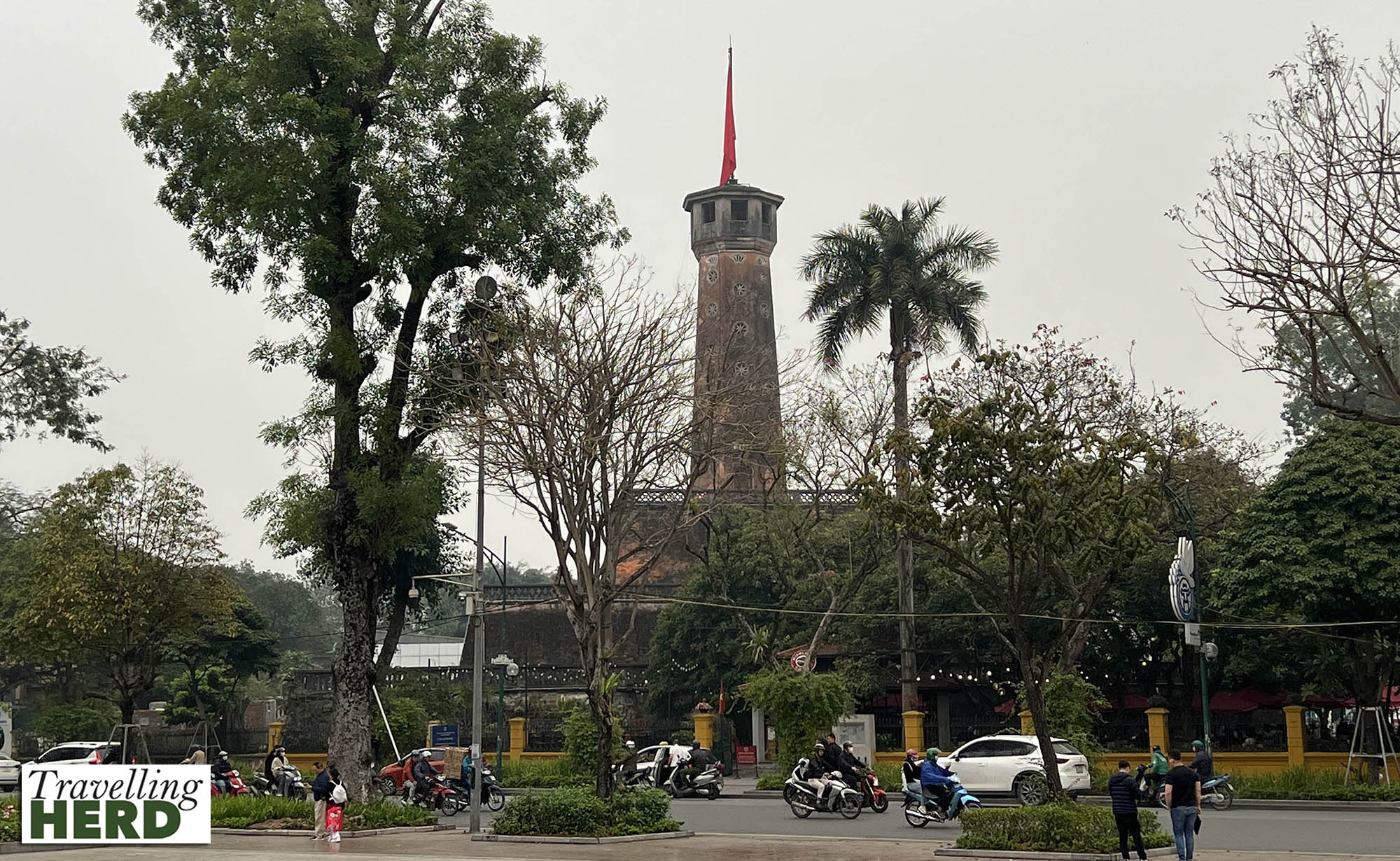
In front of the Flag Tower, in Lenin Park stands a statue of Lenin which was a gift to the Vietnamese people from the USSR. Originally erected in Thing Nhat Park it was later moved here and is one of the few statues of Lenin remaining in the world.

Our route towards the Tran Quoc Pagoda took us along the banks of the West Lake where stalks of bamboo had been planted and were beginning to sprout by the footpath.
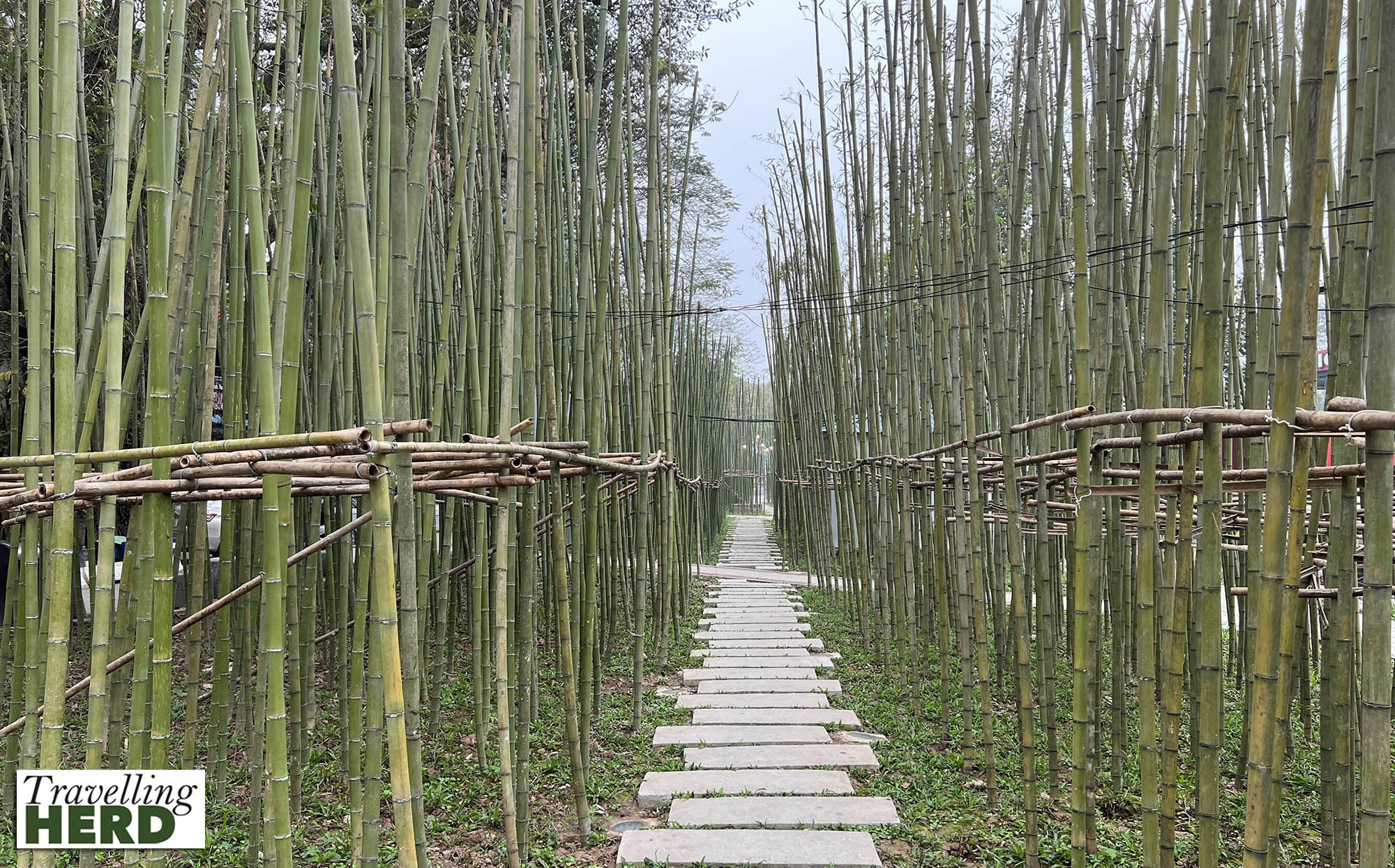
There seemed to be a disproportionate number of dead fish in the West Lake and we noticed that people had containers of goldfish which we assumed were for sale but we did not see anyone buying them. We wondered if they were destined for a similar fate.
Tran Quoc Pagoda was built in 541 and is the oldest pagoda in Hanoi.
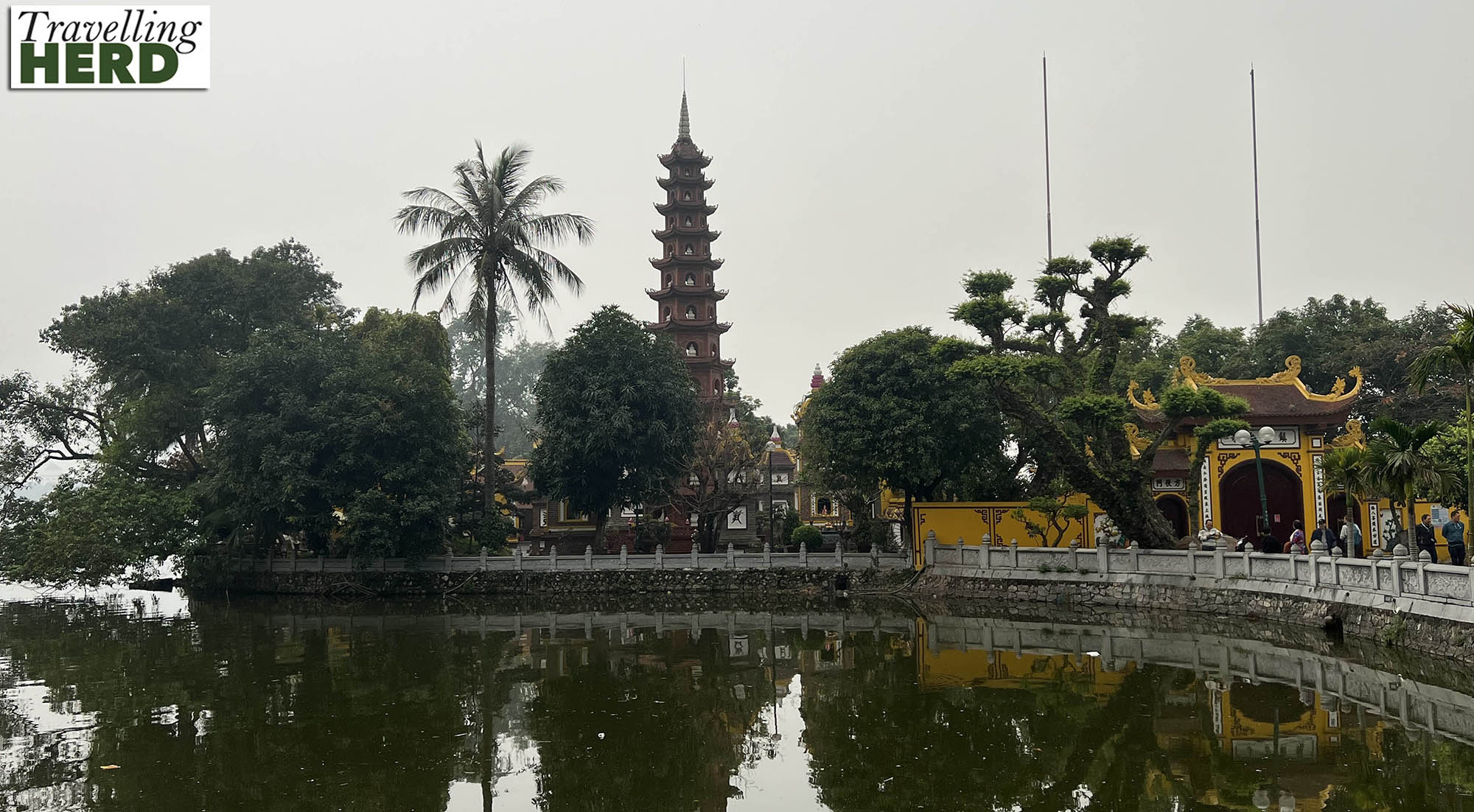
From here we walked to Ba ĐÌnh Square where we had to go through a security check and have our bags scanned before we could enter. Originally, the western gate of Thang Long Imperial Citadel, the square was a busy trading place but when the French came to Hanoi, they turned it into a political centre and this is reflected in the French colonial architecture to be found here. A prime example is the Presidential Palace: Ho Chi Minh himself refused to live in the Palace and stayed in the servants quarters until a humble dwelling was built for him in the grounds.
Although Ho Chi Minh wished to be cremated and have his ashes spread over the countryside as this was hygienic and would not waste valuable land, the Vietnamese people had other plans. In 1975 a massive mausoleum was built, modelled on Lenin’s tomb in Moscow to house his embalmed body. The Mausoleum is open to the public in the mornings so was closed when we passed by but as the body is returned to Russia each year for maintenance we were not unduly disappointed.
On September 2nd 1945, President Ho Chi Minh read the Independence Declaration, in Ba ĐÌnh Square, establishing the Democratic Republic of Vietnam (the current Socialist Republic of Vietnam) in front of half a million people.

Within the Ho Chi Minh Mausoleum complex lies the much older One Pillar Pagoda or Chua Mot Cot, a temple dedicated to Quan Am the goddess of mercy and protector of children. It was built in 1049 by King Ly Thai Tong [who ruled from 1028 to 1054] to mark the birth of his first child. Legend has it that he dreamt of the goddess Quan Am sitting on a lotus throne and she handed him a much-wanted son.
The pagoda is indeed charming and is designed to resemble the lotus throne of the king’s dream rising from the water.

The French destroyed the One Pillar Pagoda in 1954, during the first Indochina war, but the temple was rebuilt in 1955 with a concrete pillar to replace the original stone one. On a wall by the pagoda were illustrated depictions of karma at work which seemed rather tongue in cheek. For example, managers who made their workers stand up all day would be afflicted by loosing the use of their legs.

As we left the One Pillar Pagoda and retraced our steps to Ba ĐÌnh Square we saw soldiers resplendent in white uniforms marching purposefully towards the mausoleum. Marching swiftly ourselves, we managed to catch the changing of the guards which happens daily at 13:00. The guards were accompanied by a third soldier who adjusted their uniforms to ensure that the creases in the trousers were perfectly straight.
Obviously we would have to visit anywhere known as ‘Train Street’. We took our seats in good time and ordered some liquid refreshment.

Robert wanted to try the ale brewed specially for the experience, which turned out to be a local cloudy craft ale named Hanoi Railway Tour.
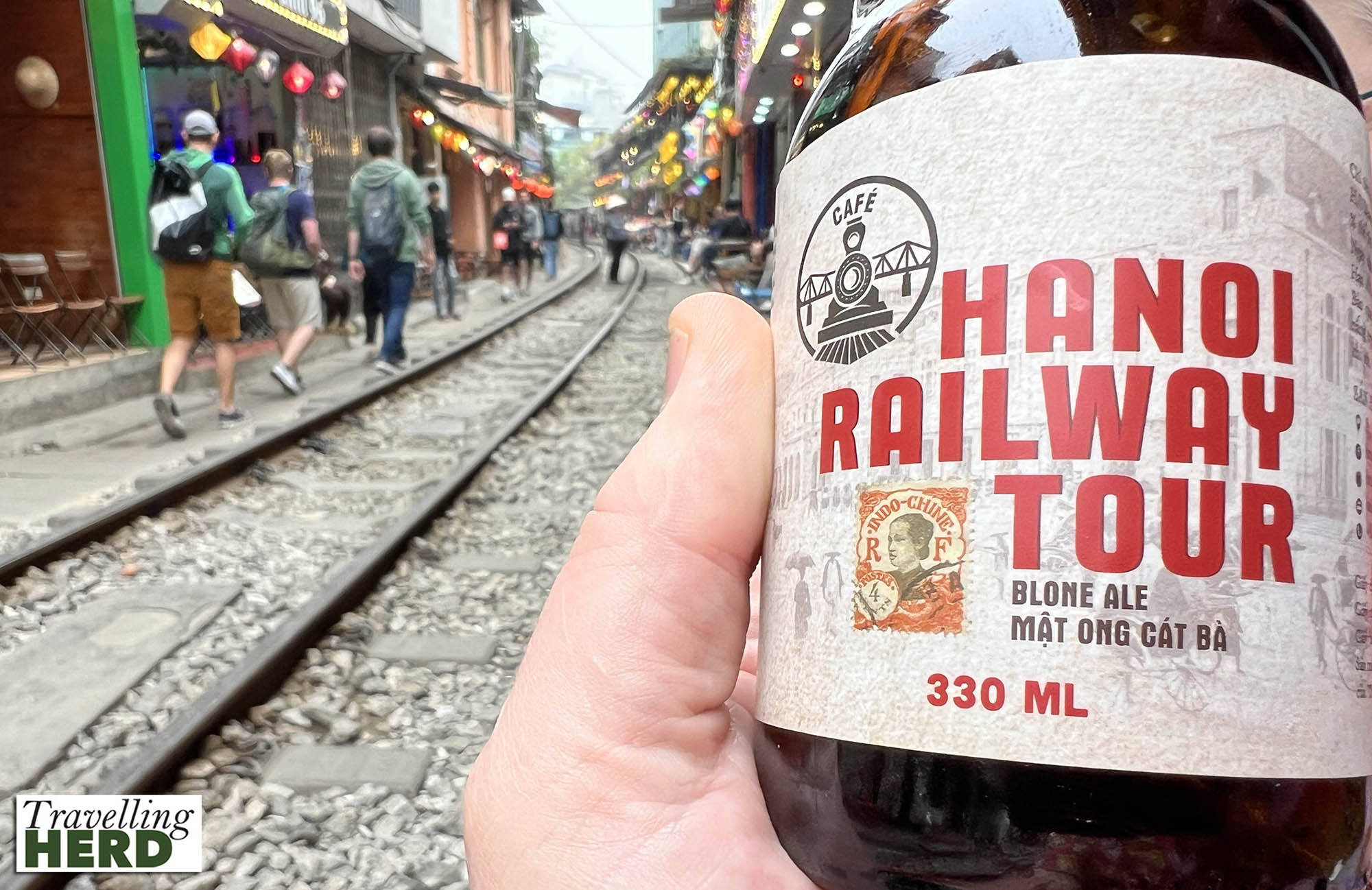
Matilda discovered that she may also have a defective digit [see previous blog Asia ‘24 #1]. Although she clearly pointed to the translation on the menu under pineapple juice as she ordered, she was a little perturbed to see the waitress heading off down Train Street. When the waitress returned instead of pineapple juice she was actually served with a round green fruit carefully sculpted on top to allow a straw to be inserted into the liquid inside. Later the waiter returned to ask if she would like it split open so we could eat the flesh of a young coconut. [Editor’s note: we subsequently saw a menu at a transport café which showed the same word for pineapple and coconut, although there may have been a slight difference in the accents.]
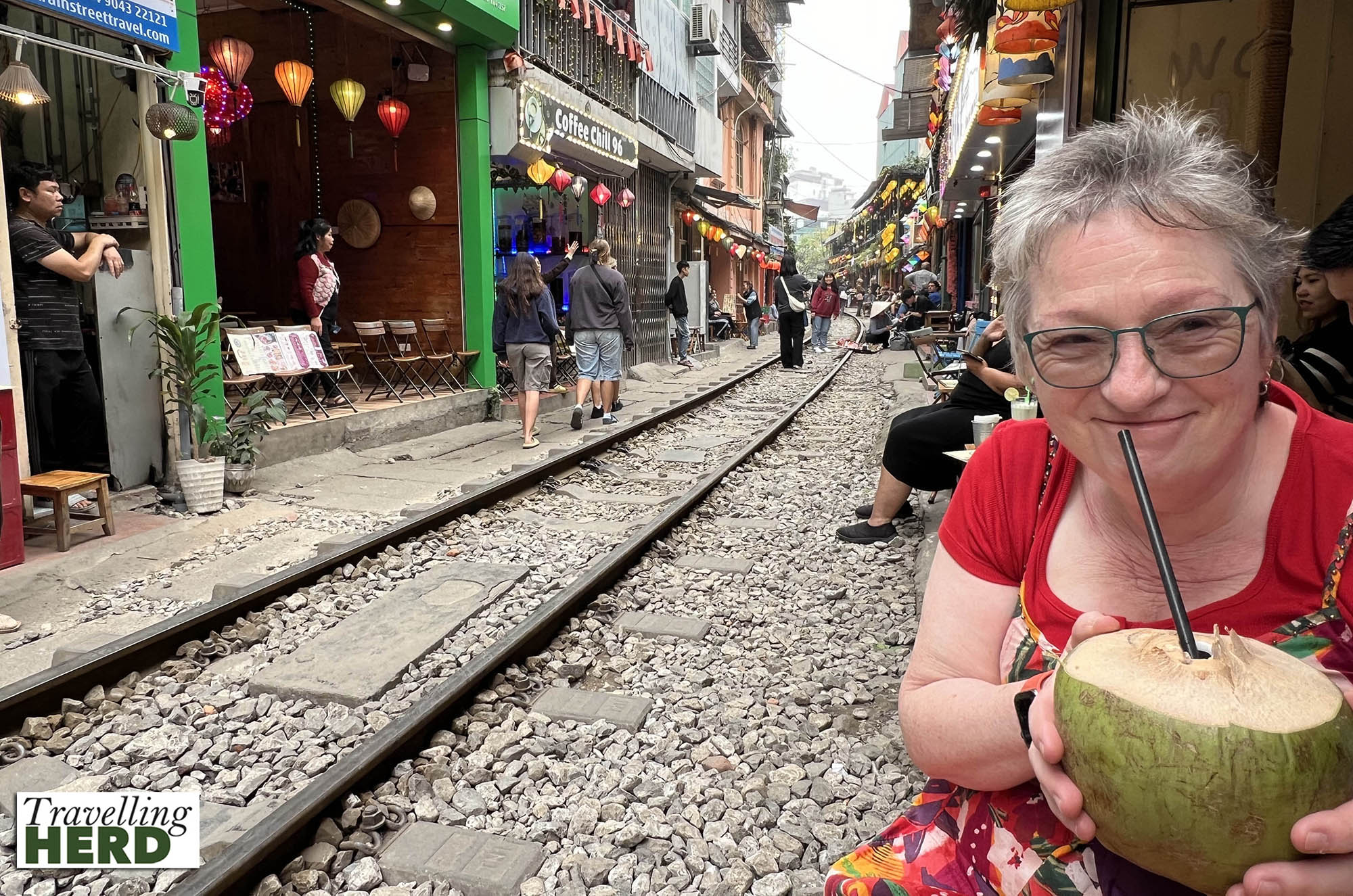
Trains between Hanoi and Ho Chi Minh City still travel along the track built by the French in 1902. The city has expanded since then and in places the track now passes alarmingly close to buildings for example at Phung Hung, Dien Bien Phu and Le Duan. You can gain access to the stretch referred to as ‘Train Street’ via the alley 224 on Le Duan street, or at 5 on Tran Phu street.

We saw other people placing bottle tops on the tracks so Robert decided to do the same with the top of his bottle of Hanoi beer.
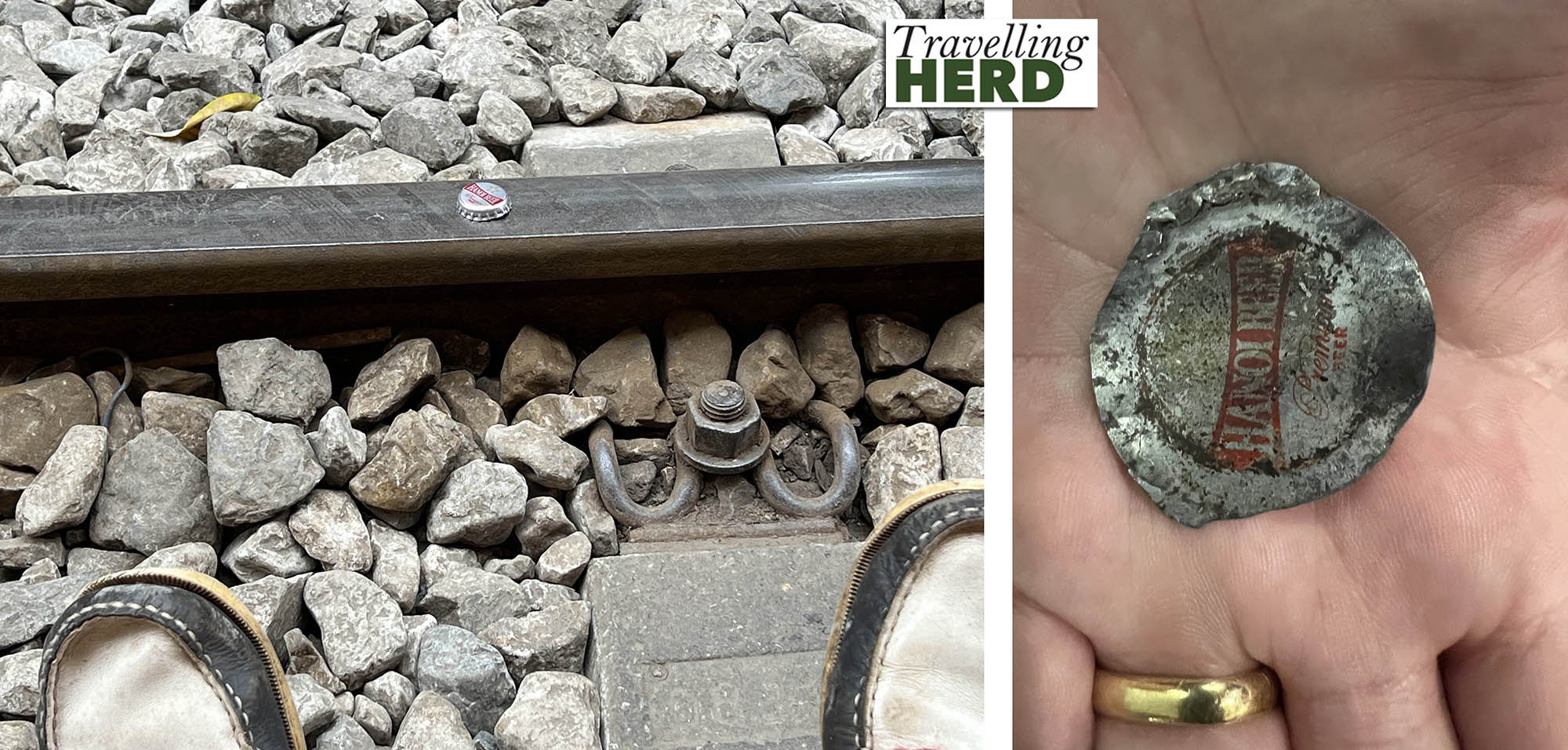
Before the train was due, the café owner told us to stand up and took our chairs away to safety and told us to stand well back. It seemed someone had not followed this advice as there was a broken chair on the line [visible between us in the Selfie of the Day] which no-one had thought to remove. The train passes within touching distance [see Video of the day for the full experience].
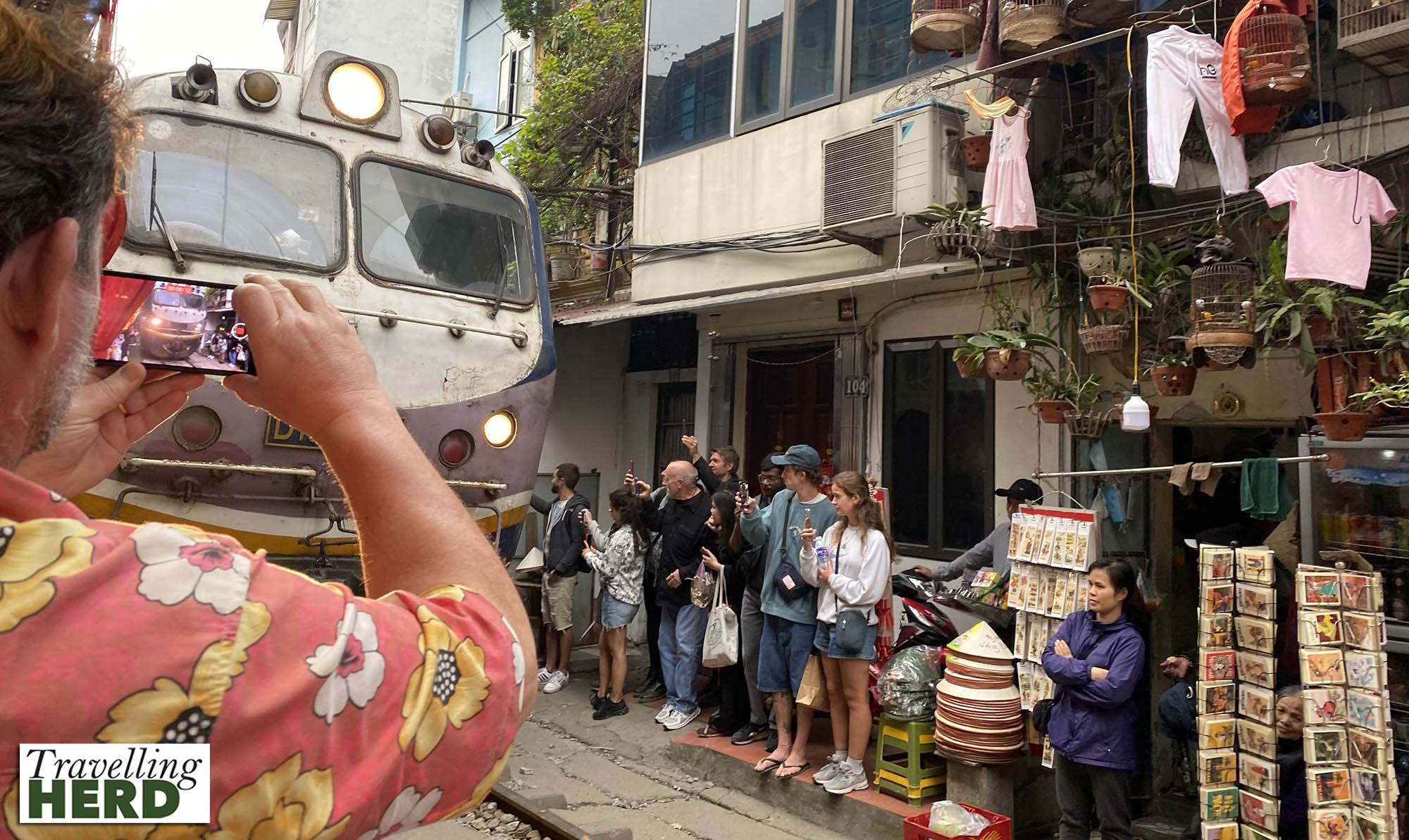
Robert then decreed we needed to return to the Cloud Sky Bar to make use of their WiFi before. . .
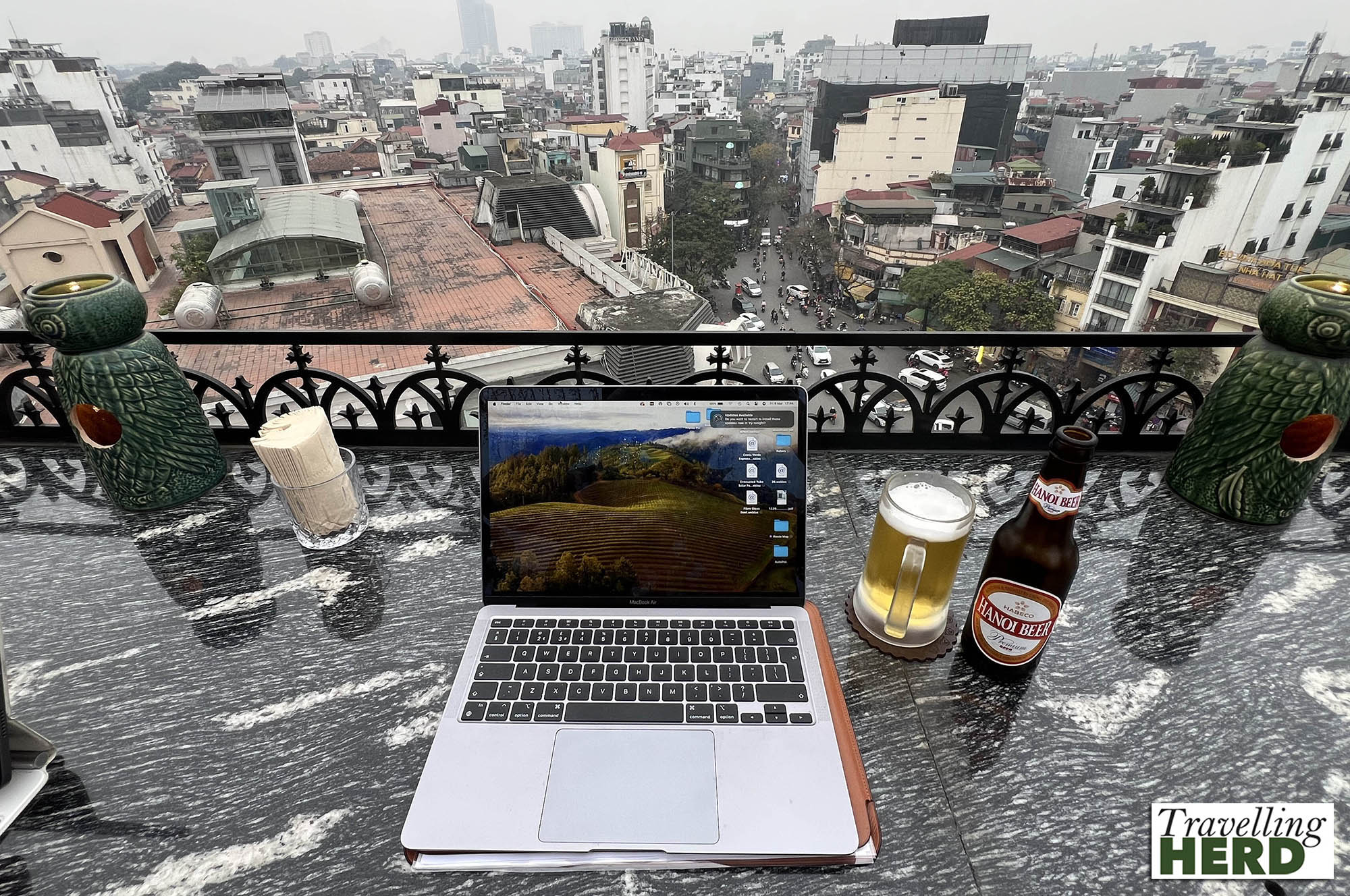
. . .heading to Phố Tạ Hiện, known by tourists as ‘Beer Street’. It is just 200m long but is crammed with bars and people out for a good time.
As far as we could tell the food came from a communal kitchen which served several bars so you would get the same meal wherever you ordered it from, but it was fresh and tasty.
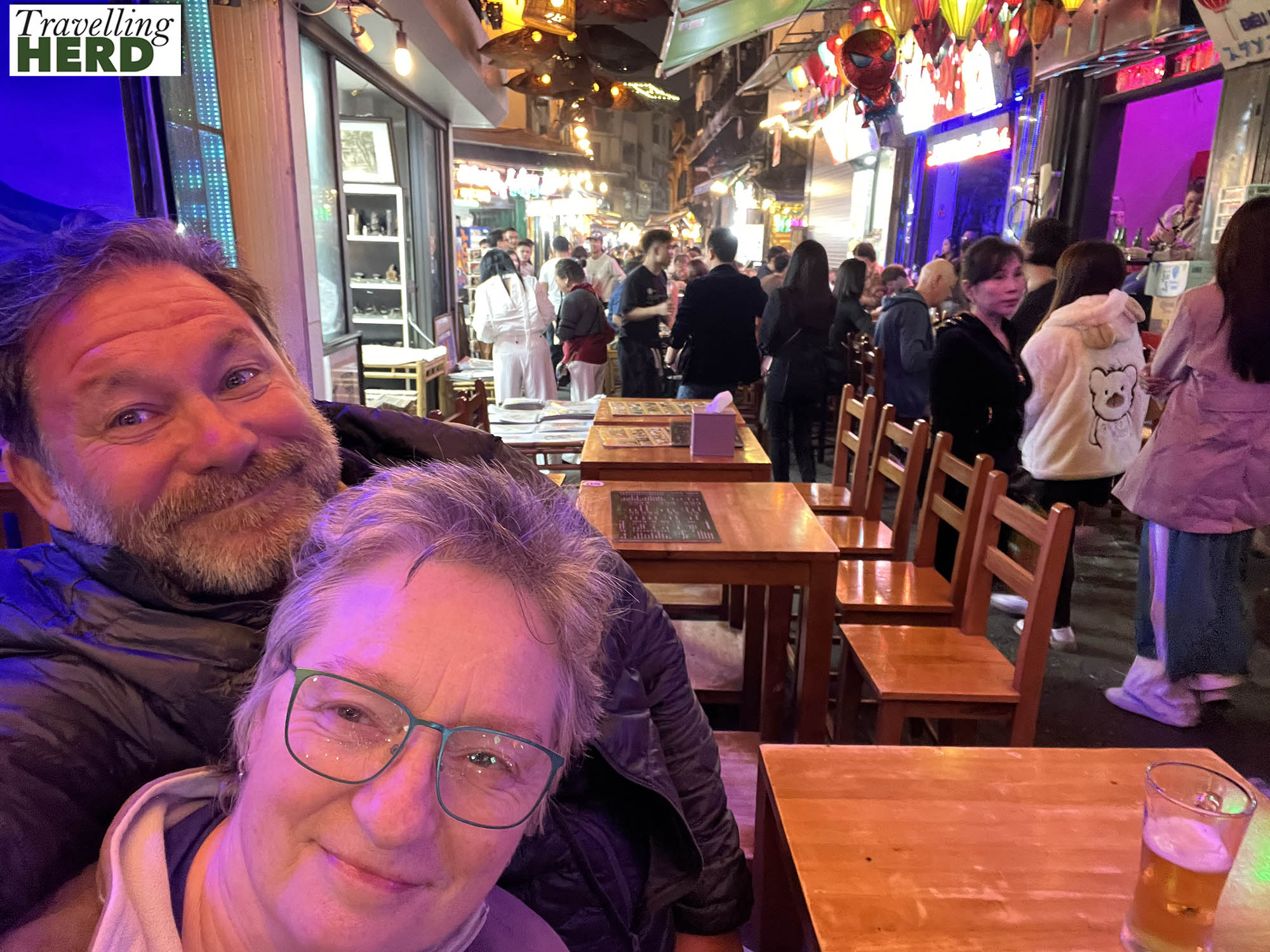
Video of the day:
Selfie of the day:

Route Map:
